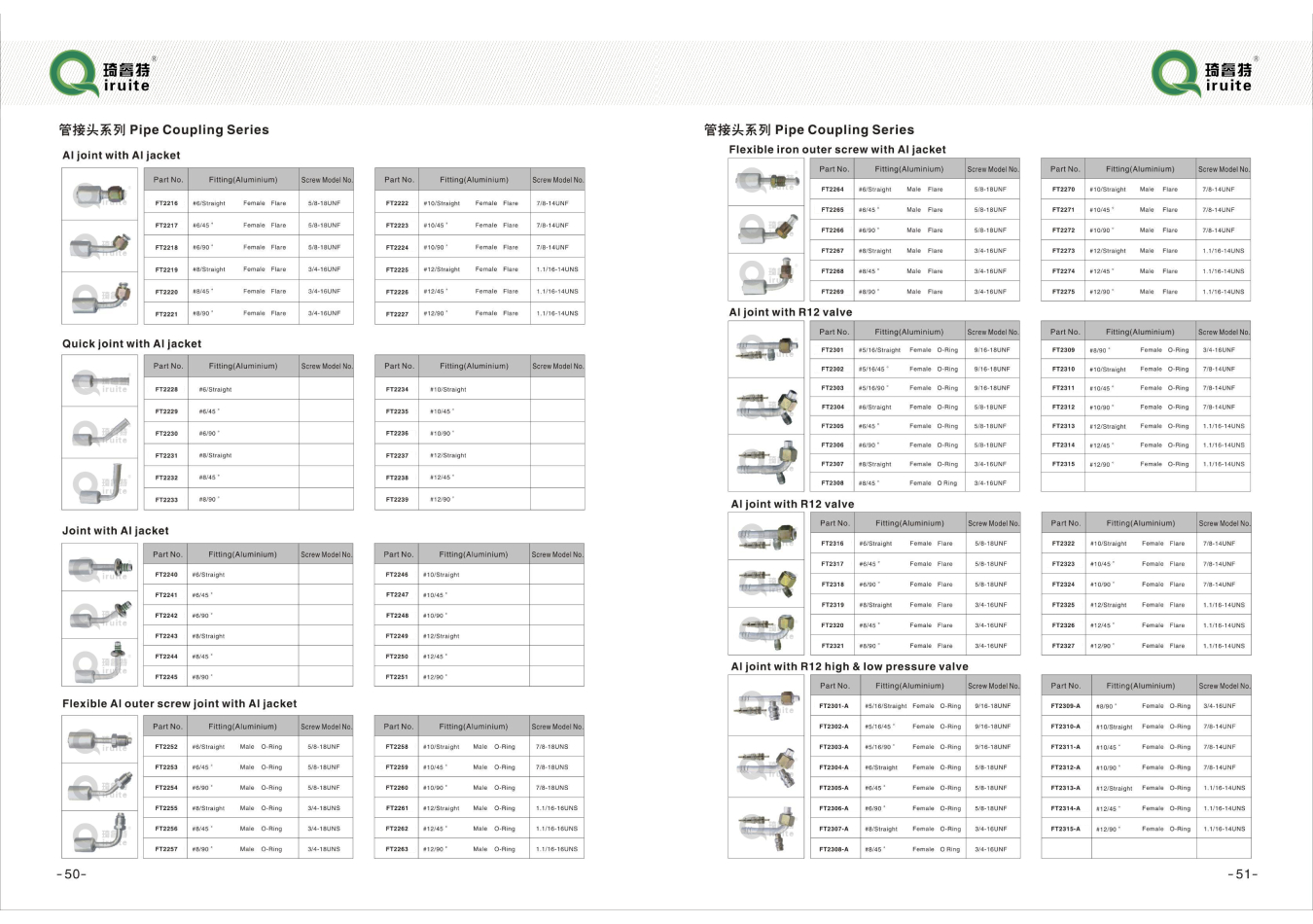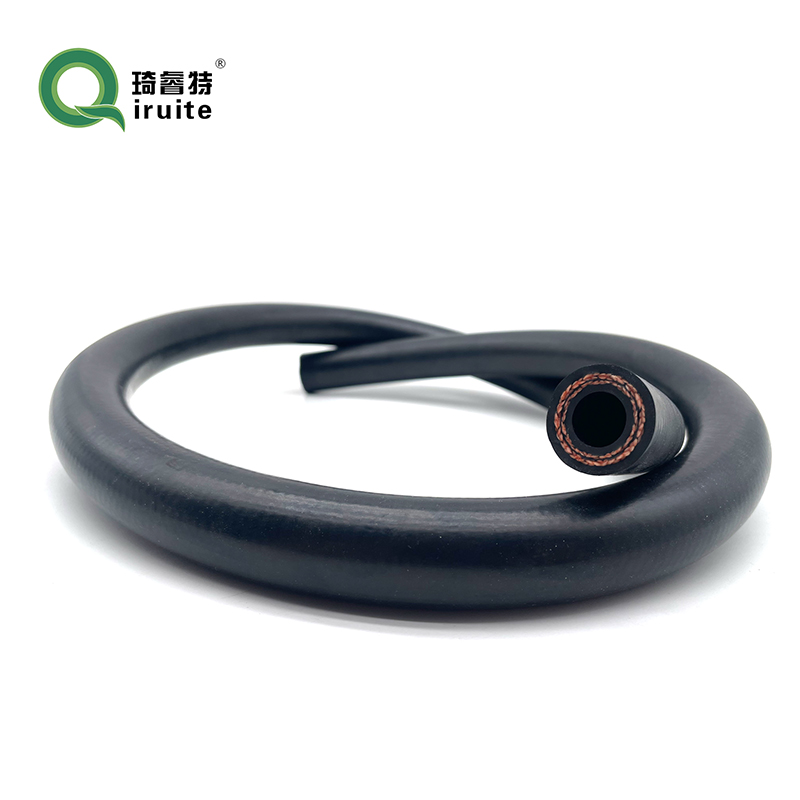កុម្ភៈ . 20, 2025 02:57
Back to list
how to replace the high pressure power steering hose
Replacing a high-pressure power steering hose is a task that requires a blend of mechanical knowledge and meticulous attention to detail. High-pressure hoses are essential components in the power steering system, responsible for transporting fluid from the power steering pump to the steering gearbox. Over time, these hoses may wear out due to high pressure and temperature, leading to leaks and reduced steering efficiency. This guide delves into the intricacies of replacing your high-pressure power steering hose effectively and safely, ensuring a smooth driving experience.
Next, install the new hose by attaching the fittings. Begin threading the fittings by hand to prevent cross-threading, which can damage the internal threads. Use wrenches to tighten the connections, ensuring they are secure but not overtightened, which can strip the threads or damage the fitting integrity. After installation, refill the power steering reservoir with the recommended type of fluid for your vehicle. Starting the engine and turning the steering wheel from lock to lock several times will help bleed air from the system. Periodically check the fluid level during this process and add more fluid if necessary to ensure optimal function. Inspect for leaks by observing the connections with the engine running, particularly focusing on the fitting areas. Any sign of fluid should prompt an immediate re-evaluation of the connection tightness and compatibility. Lastly, a test drive is crucial to evaluate the effectiveness of the installation. Pay attention to the steering responsiveness and listen for any abnormal noises. A properly replaced high-pressure power steering hose should restore smooth operation without any leaks. Replacing a high-pressure power steering hose requires a methodical approach and attention to detail. Completing this task without professional help is achievable with the right tools and instructions, ensuring the longevity of the power steering system and enhancing vehicular safety. Always remember to dispose of old power steering fluid and the damaged hose at designated recycling centers to contribute to environmental preservation.


Next, install the new hose by attaching the fittings. Begin threading the fittings by hand to prevent cross-threading, which can damage the internal threads. Use wrenches to tighten the connections, ensuring they are secure but not overtightened, which can strip the threads or damage the fitting integrity. After installation, refill the power steering reservoir with the recommended type of fluid for your vehicle. Starting the engine and turning the steering wheel from lock to lock several times will help bleed air from the system. Periodically check the fluid level during this process and add more fluid if necessary to ensure optimal function. Inspect for leaks by observing the connections with the engine running, particularly focusing on the fitting areas. Any sign of fluid should prompt an immediate re-evaluation of the connection tightness and compatibility. Lastly, a test drive is crucial to evaluate the effectiveness of the installation. Pay attention to the steering responsiveness and listen for any abnormal noises. A properly replaced high-pressure power steering hose should restore smooth operation without any leaks. Replacing a high-pressure power steering hose requires a methodical approach and attention to detail. Completing this task without professional help is achievable with the right tools and instructions, ensuring the longevity of the power steering system and enhancing vehicular safety. Always remember to dispose of old power steering fluid and the damaged hose at designated recycling centers to contribute to environmental preservation.
Latest news
-
Ultimate Spiral Protection for Hoses & CablesNewsJun.26,2025
-
The Ultimate Quick-Connect Solutions for Every NeedNewsJun.26,2025
-
SAE J1401 Brake Hose: Reliable Choice for Safe BrakingNewsJun.26,2025
-
Reliable J2064 A/C Hoses for Real-World Cooling NeedsNewsJun.26,2025
-
Heavy-Duty Sewer Jetting Hoses Built to LastNewsJun.26,2025
-
Fix Power Steering Tube Leaks Fast – Durable & Affordable SolutionNewsJun.26,2025

